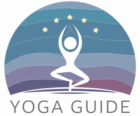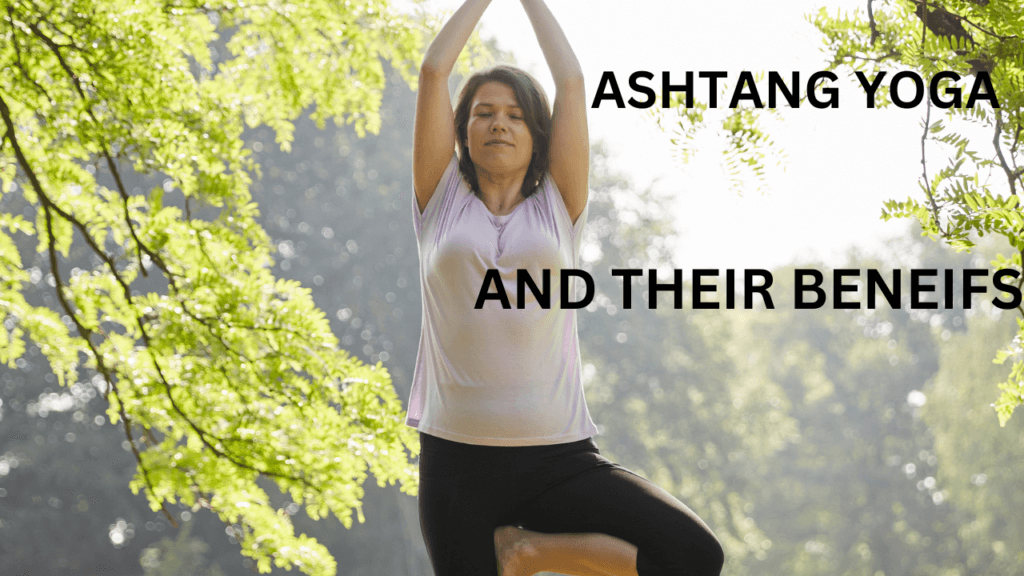Introduction
As people get older, they believe that exercise is not for them. In old age, their need for physical activity decreases and their lifestyle becomes sedentary. Incorporating exercise such as brisk walking, strength training, swimming, stretching, cycling, as well as jogging and yoga into your daily routine is an important aspect of living a healthy lifestyle.
Good exercise and regular yoga helps maintain a healthy body and mind. which helps promote healthy aging.
IMG_8840 is the type of exercise. While yoga is a specialty for adults of all ages, it is also good for seniors. It unites the body and its breath. Simple yoga poses help seniors balance the system.
Studies have shown that yoga is extremely helpful when it comes to dealing with fatigue and pain. Certain yoga poses help increase core strength and balance, which can help reduce the risk of fall-related injuries.
Regular practice of yoga softens the muscles and keeps the mind alert while maintaining flexibility. Strengthens muscles and joints while promoting relaxation. Helps reduce the effects of the aging process.
Its multi-dimensional approach encourages the body mind as well as the spirit to be healthy and strong. and reduces the effects of age-related problems.
Regular practice of Yogasana helps the elderly with grace. These are some of the very useful ones for all ages. Let’s see it below.
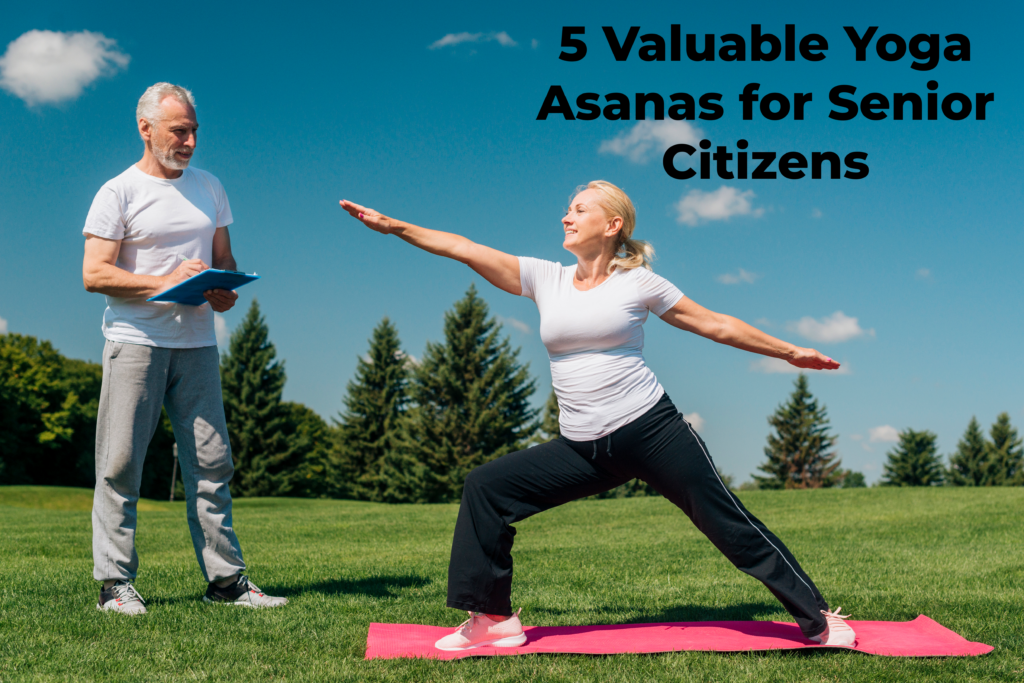
Read More 11 YOGA ASANAS FOR LIVER AND KIDNEY HEALTH
Tadasana (Mountain Pose)
How to do
- .Stand with your heels apart, touching your big toes.
- 2.Lift and spread your toes and then lower them to the mat.
- Keep your head, shoulders, hips and ankles in a straight line.
- Keep your arms at your sides and palms facing each other.
- Look straight ahead and breathe in.
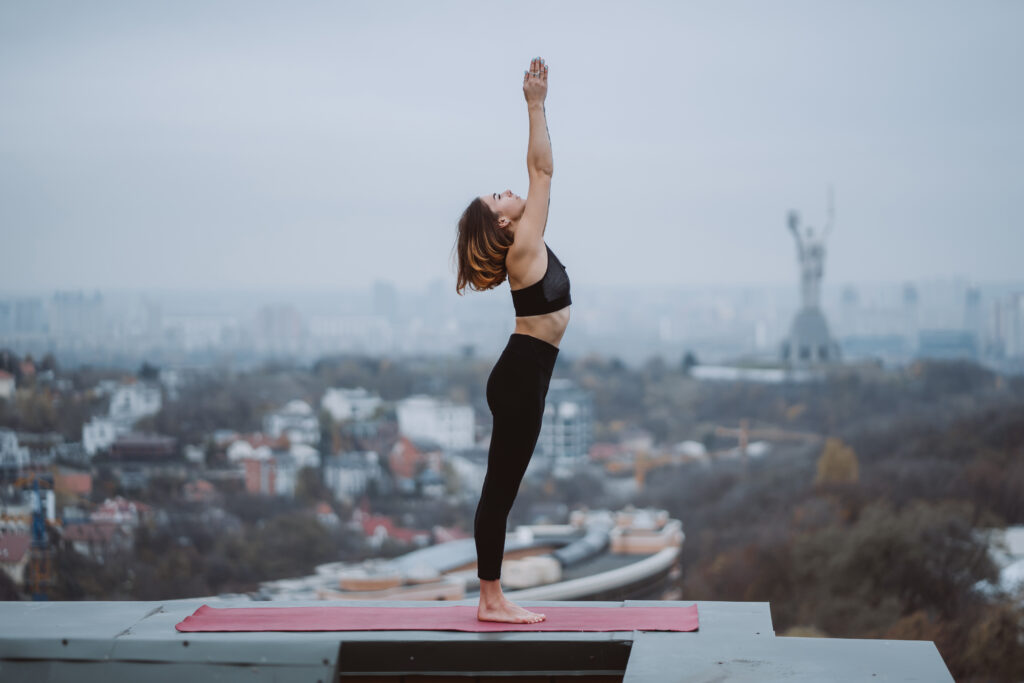
Benefit
• It helps relieve hip and back pain and pain on the outer side of the leg.
• It helps in improving balance.
• It helps in reducing flat feet.
• It tones the stomach and buttocks..
• It helps in regulating digestion and respiration.
• It plays a role in regulating the nervous system.
• It helps stabilize the whole body.
Baddha Konasana (Butterfly Pose)
How to do
- First, take a posture with your legs folded inward and your toes touching each other. And keep the heels in range i.e. touching the middle of your hips and thighs. You can place your hands under your feet for support, locking your fingers to keep them in place.
- Carry the heels as near the crotch as could really be expected. The inner thighs and range and the area between the thighs characteristically the anus and the middle of the genitals are all stretched.
- Keep your back straight which will help strengthen your lower back.
- Take a deep breath and exhale. Bend the thighs and knees towards the floor and begin to flutter the thighs like a butterfly.
- Start this process slowly and then gradually increase the speed and then stop. This process should be completely stable.
- In which position, you can lean forward and also bring your forehead to the floor near your toes.
- Exhaling as you bend toward the floor, the tension that develops between the thighs and abdomen can be effective.
- Then you gently come into a comfortable position.
benefits
- It helps increment the adaptability of the spine.
- These help tone the lower body.
- It helps in relieving physical and mental stress.
- It improves digestion and helps in relieving constipation.
- It helps in relieving fatigue.
Balasana (Child Pose)
How to do
- Sit on your knees with your hands on the yoga mat.
- With your knees wide apart on your mat, touch your big toes with the tops of your feet on the floor.
- Relax your stomach and your thighs and rest your forehead on the floor. Relax the shoulders, jaw and eyes as well. If placing the forehead on the floor is not possible, place it on a block or even two stacked large ones. In the center of the forehead is an energy point that supports the relaxation and digestive response by stimulating the vagus nerve. Finding a comfortable place for the forehead to get a comfortable benefit.
- Place your hands by your thighs with palms facing the ground in front of you or also with palms facing upwards. You can extend your arms forward with your palms facing forward to release your shoulders, or try to bend your elbows so that your palms touch the back of your neck with your thumbs. Resting in this position, bring the elbows forward a few inches.
- You can hold this position for up to 60 seconds. Reconnect with steady breathing and exhalation.
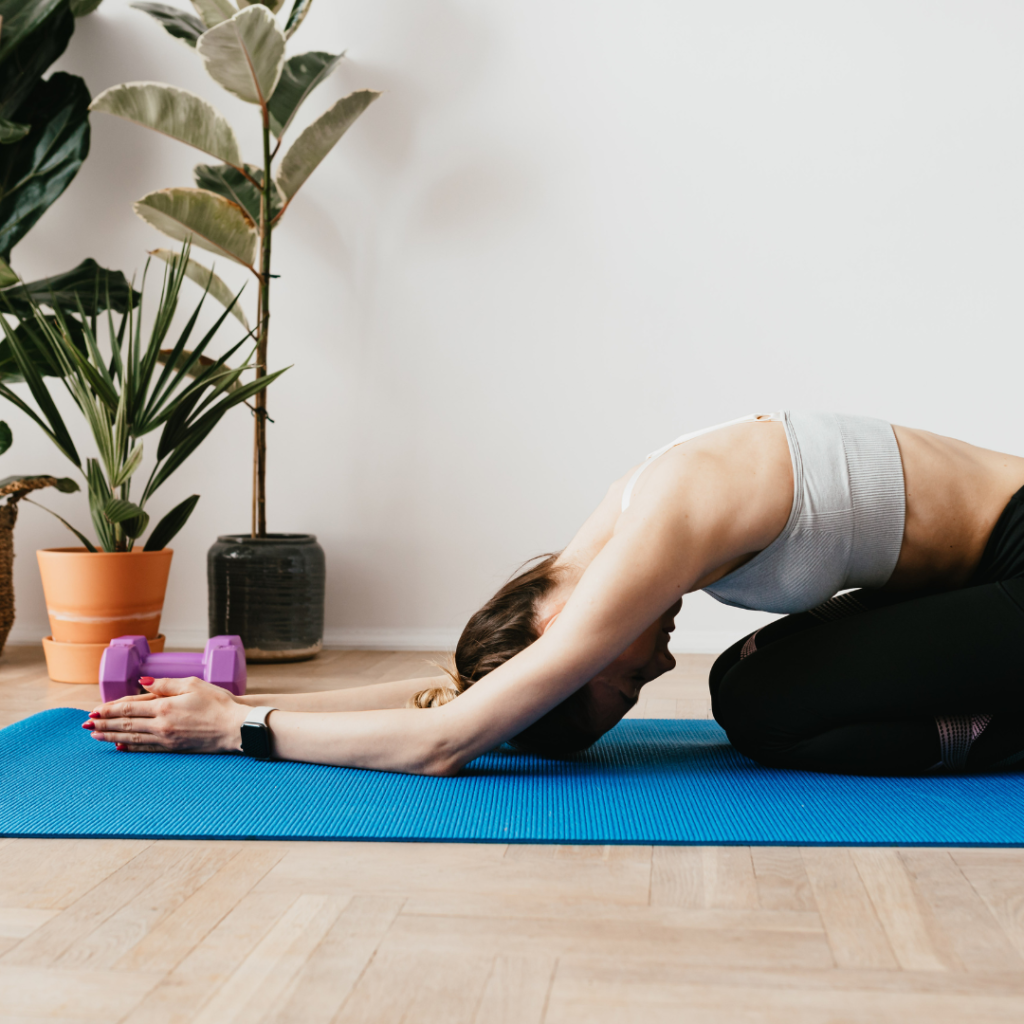
benefits
- It helps to broaden the shoulders.
- It helps to calm the body, mind and central nervous system.
- It helps in further developing blood dissemination all through the body.
Read More 3 EFFECTIVE BREATHING EXERCISES TO REDUCE STRESS AND ANXIETY
Bhujangasana (Cobra Pose)
How to do
- Lie flat on your stomach and keep your feet together with your hands beside your thighs. Rest your forehead on the floor with your palms facing upwards with your toes pointing outwards.
- Now slowly bend your arms through the corners, then place your palms on the floor next to your shoulders, and place your thumbs under your armpits.
- Bring your chin forward, neck shoulders up and trunk up to navel level. The chin should be as high as possible, just like your back.
- Hold this posture for as long as you can relax.
- Then gently lower yourself down to the floor starting from the navel chest shoulder and also the top of the chin. Finally, place the forehead on the ground.
- Rest in the last step. And relax by placing your hands on the sides of your thighs.
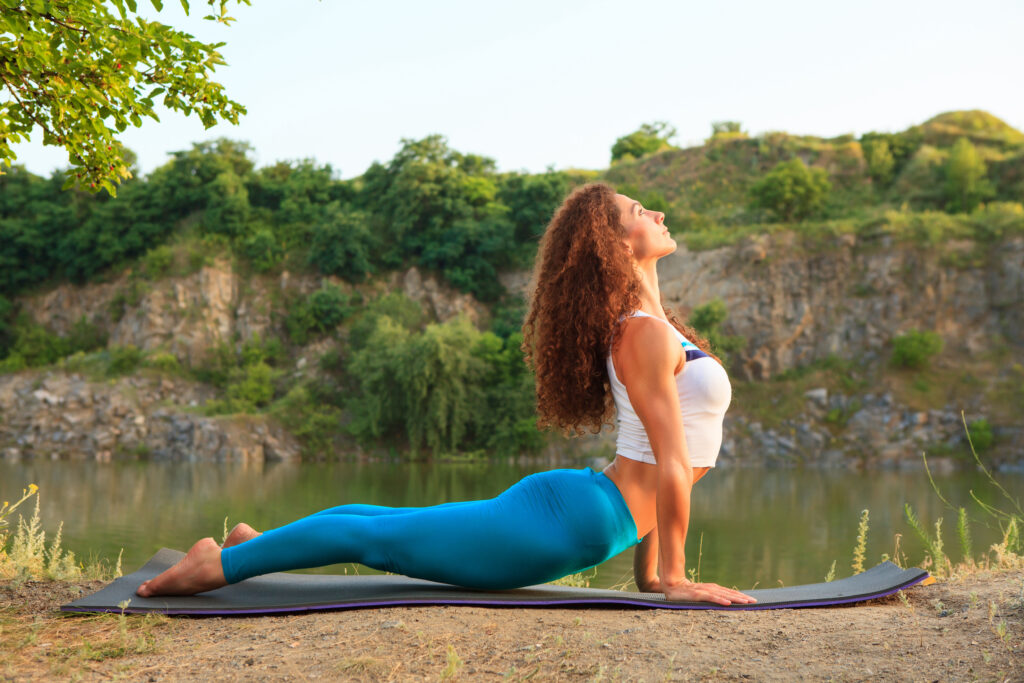
Benefits
- Helps to tone the muscles in chest, shoulder and abdominal area.
- It helps to soothe sciatica.
- It helps increase flexibility.
- It helps in rejuvenating the heart.
- It helps improve mood.
- This reduces stiffness in the lower back.
- It helps in strengthening shoulders and arms.
- It opens the chest and helps to clear the lung passages.
- It helps in improving digestion.
- It helps stimulate the abdominal organs like the kidneys.
- It has some beneficial effects on asthma symptoms.
Adho Mukha Svanasana (Downward Facing Dog Pose)
How to do
- Straighten your arms and legs on the yoga mat and lift your hips up as you exhale.
- Lower your head between your hands so that your ears are parallel to your hands.
- Press your heels into the floor.
- Take a deep breath and feel the stretch in your calves, thighs, shoulders and arms.
- Keep your neck relaxed and open throughout the process.
- Now your body looks like a mountain.
- Slowly return to the starting position. It’s your turn.
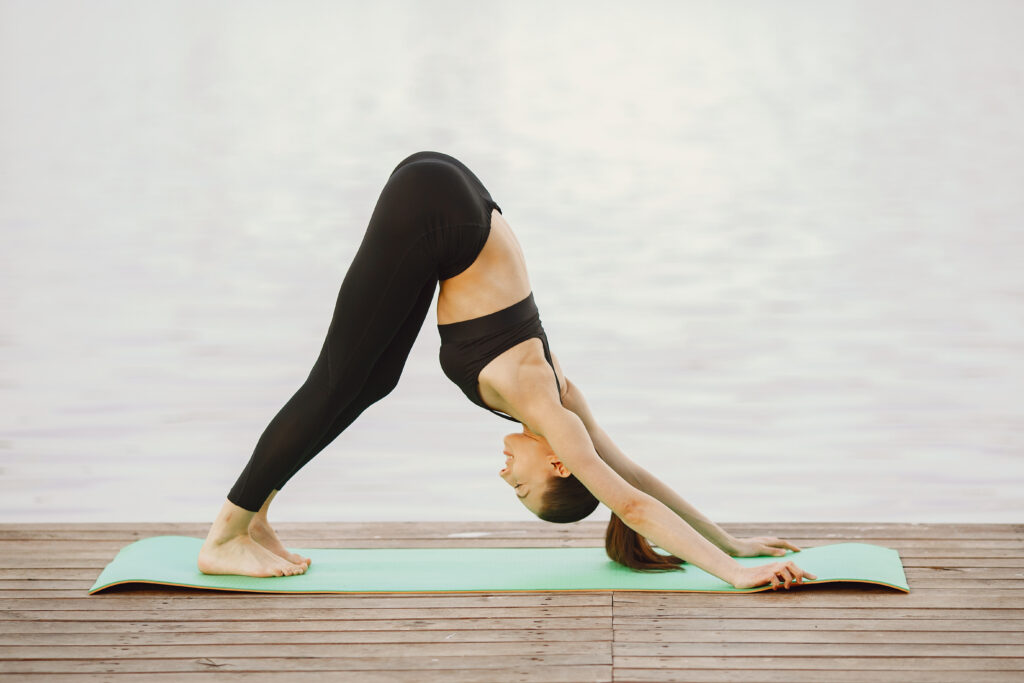
Benefits
- It helps in improving digestion.
- It helps in stimulating blood circulation.
- Helps relieve leg pain and ankle pain.
- It helps in strengthening the shoulder joints.
- It helps in reducing body mass index, which indicates obesity..
- Helps reduce the risk of organ failure associated with high blood pressure.
- Helps to relieve breathing problems due to the presence of mucus.
Conclusion
In this session we have told you five yoga poses for senior citizens. Regular practice of these yoga poses helps in increasing core strength and balance. Regular practice of yoga helps maintain a healthy body and mind.
